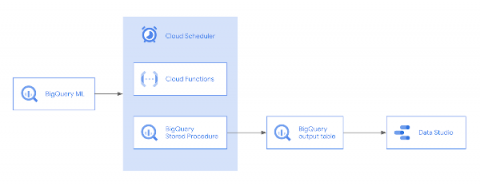Architecting a data lineage system for BigQuery
Democratization of data within an organization is essential to help users derive innovative insights for growth. In a big data environment, traceability of where the data in the data warehouse originated and how it flows through a business is critical. This traceability information is called data lineage. Being able to track, manage, and view data lineage helps you to simplify tracking data errors, forensics, and data dependency identification.









